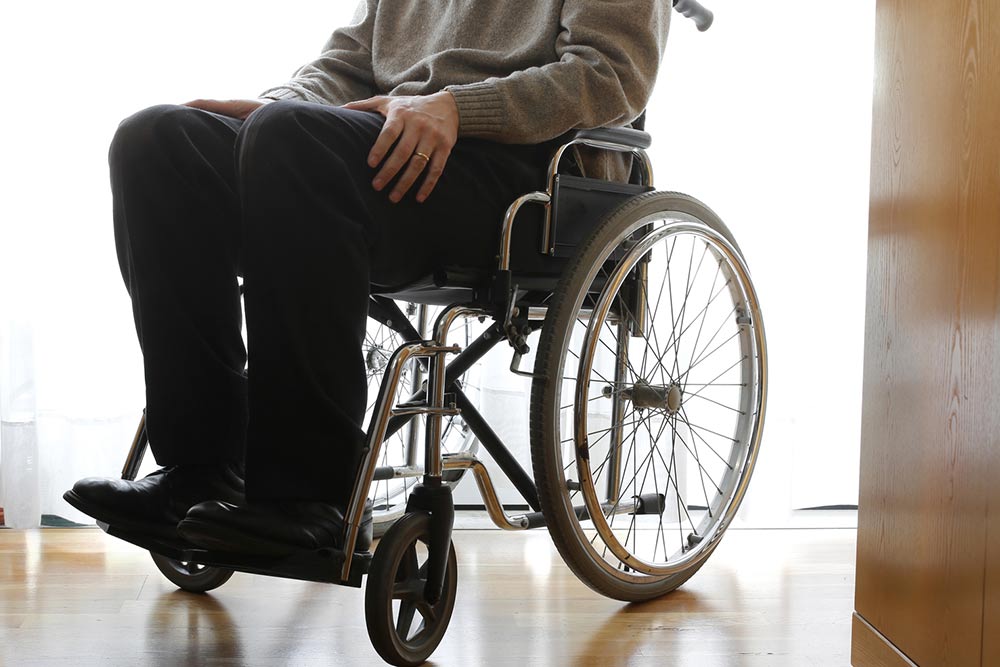Effective Strategies to Manage Adult-Onset Type 4 Spinal Muscular Atrophy and Enhance Longevity
Discover effective management strategies for adult-onset Type 4 spinal muscular atrophy. Learn about nutritional support, therapy routines, and exercise tips to improve quality of life and increase longevity. Personalized approaches and professional guidance are essential for optimal outcomes. Stay informed and work with healthcare providers to navigate this condition effectively.

Effective Strategies to Manage Adult-Onset Type 4 Spinal Muscular Atrophy and Enhance Longevity
Spinal muscular atrophy (SMA) is a hereditary, progressive condition impacting the muscles and nervous system. It occurs when nerve cells in the spinal cord fail to properly control muscle movement. Although rare, SMA is often diagnosed in infants, leading to muscle weakness and atrophy, which hampers functions like head control, sitting, and walking. There are four main types, with severity varying based on the specific classification.
Type 4 SMA appears in adulthood, presenting symptoms such as muscle twitching, respiratory issues, and ongoing weakness. While symptoms persist throughout life, their impact can be minimized, and patients tend to have a longer life expectancy compared to early-onset types. Implementing certain strategies can further improve quality of life and longevity. Here are three key approaches to managing Type 4 SMA effectively:
Balanced Nutrition – Maintaining a nutrient-rich diet is vital for managing SMA. Proper calorie intake helps support muscle function and overall health. Consulting a dietitian can identify optimal foods tailored to individual needs, promoting strength and energy.
Consistent Therapy – Regular therapy sessions with occupational and physical therapists are crucial. These professionals can teach exercises and daily activity techniques to improve muscle strength and coordination, leading to better independence and symptom control.
Regular Physical Activity – Gentle exercises that boost flexibility without causing fatigue or pain are essential. Such activities help maintain mobility and prevent muscle deterioration without risking injury or overexertion.
Each person with SMA experiences unique challenges, and life expectancy varies among individuals. Staying informed and working closely with healthcare professionals ensures personalized management and a better quality of life.
Note:
Our blog provides practical health information across various topics. While our research aims to offer helpful insights, it should not replace professional medical advice. Users are encouraged to consult healthcare providers for personalized treatment options. The site does not guarantee the accuracy of all content and may not include all available programs or offers relevant to readers.










